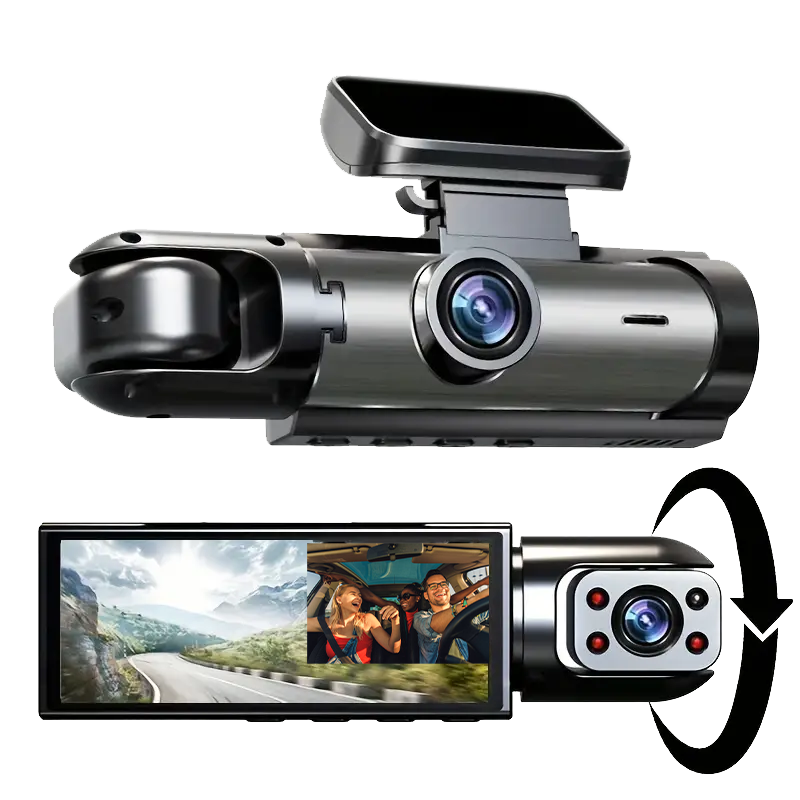
Nissan Gt-r C110 1973

The KPGC10's successor, the KPGC110, was released in 1973 after its introduction at the 1972 Tokyo motor show.
| Second generation (KPGC110) | |
|---|---|
 |
|
| Overview | |
| Production | January 1973 |
| Designer | Shinichiro Sakurai |
| Body and chassis | |
| Body style | 2-door coupe |
| Layout | FR layout |
| Powertrain | |
| Engine | 2.0 L S20 I6 |
| Transmission | 5-speed manual |
| Dimensions | |
| Wheelbase | 2,610 mm (102.8 in) |
| Length | 4,460 mm (175.6 in) |
| Width | 1,695 mm (66.7 in) |
| Height | 1,380 mm (54.3 in) |
| Curb weight | 1,145 kg (2,524.3 lb) |

Rear view of an KPGC110 GT-R
Powered by a 1989 cc I6 S20 engine, the second generation GT-R delivered power to the rear wheels through a 5-speed manual gearbox. This car also had both front and rear disk brakes. The suspension was a semi-trailing ring arm setup and minor aerodynamic parts were added.
This edition of the GT-R was also known as the "Kenmeri" Skyline, due to a popular advertisement featuring a young couple (Ken and Mary) enjoying the Hokkaido countryside. The advertisement later spawned a hit song by Buzz, and the tree featured in the advertisement later became a minor star itself.
Unfortunately, the second generation GT-R was unsuccessful, for a gasoline crisis hit in the early 1970s, drying out any demand for high-performance sports cars. A total of 197 cars were built by the end of its short production run. For the next decade, this was the last GT-R until the production of the R32 in 1989.
